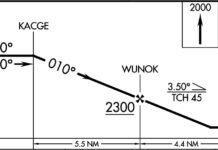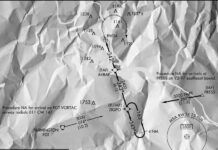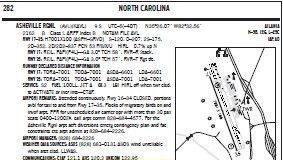On Nov. 6, 2007, a King Air crashed seconds after a low-visibility takeoff from 26L at Chino, Calif., (KCNO). The NTSB’s typically terse probable cause determination of the accident—”… the pilot’s failure to maintain a positive climb rate during an instrument takeoff …”—provides few clues as to what led the 3100-hour commercial pilot to mow the tops of nearby trees on his brief climb-out.
A recovered data chip shows the aircraft climbed no more than a few hundred feet before descending, with no evidence of engine or flight control system failure. At impact, however, the plane had veered to a 300-degree ground track from that of the departure Runway 26L.
It will never be known what led to this pilot’s failure to establish a proper climb profile. No doubt the -mile visibility and 100-foot ceiling played a role, as the NTSB added. But in some ways the “cause” is simple: The pilot didn’t keep the bird going up.
The King Air pilot had only completed one instrument landing in the 90 days prior to the accident, although he had just completed a sim refresher course. As instrument pilots know, the transition from outside to inside shortly after takeoff is high on the list of aeronautical challenges—particularly with a low RVR and indefinite ceiling.
One way to look at this is to focus your mind just as you would during an approach, but in reverse. That is, you’re as focused on establishing climb and track in the first part of the climb just the way you become completely focused during the last moments of the ILS to minimums. As you make your distance from the ground and establish that all is going well, then you can transition to other tasks. That routine will also help eliminate the deadly distractions or diversions that could keep you from “failing to maintain a positive rate of climb during an instrument takeoff.” —M.P.





